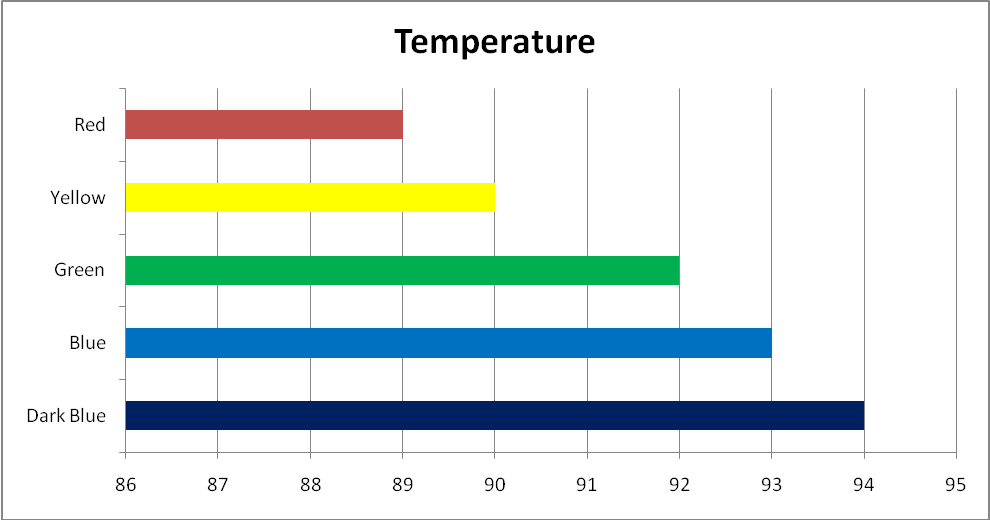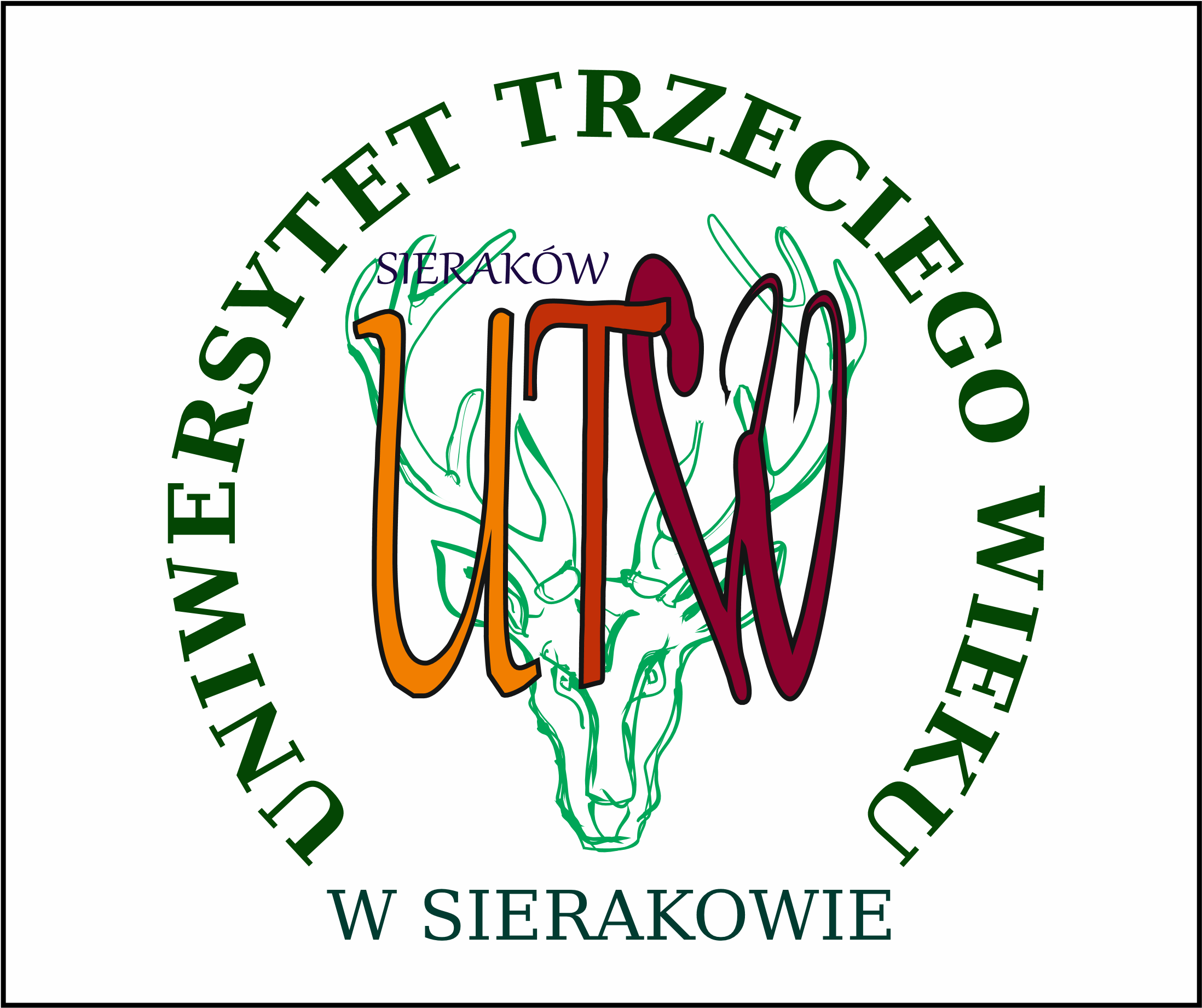JUNIATA COLLEGE MOODY CRYSTALS STANDARDS 347A 327B 317C INTRODUCTION
JUNIATA COLLEGE FINDING THE OPTIMAL SALT CONCENTRATION FOR HATCHINGJUNIATA COLLEGE MAGNETIC FIELD PURPOSE STUDENTS WILL EXAMINE THE
JUNIATA COLLEGE MOODY CRYSTALS STANDARDS 347A 327B 317C INTRODUCTION
Juniata College Program Early Childhood Education Center Semester Calendar
LANGUAGE IN MOTION DIRECTIONS TO SCHOOLS JUNIATA COLLEGELIM EMERGENCY
LEAF CHROMATOGRAPHY JUNIATA COLLEGE 2010 JUNIATA COLLEGE P ENNSYLVANIA
Juniata
College
![]()
Moody Crystals
Standards: 3.4.7A, 3.2.7B, 3.1.7C
Introduction and background: Crystals are everywhere and exist in a unique liquid state in nearly every electronic device we use today. But how much do we really know about crystals?
Guiding questions: What are crystals? What makes them so strong? What are their unique properties? What makes liquid crystals so unique?
Vocabulary: Crystal, cleave, piezoelectricity, crystallization, planes, liquid crystals
Materials:
Cardstock crystal box models
Gum drops
1 100ml beaker for each group
1 glass stir rod per group
1 hot plate per group
2” squares of acetate with one side painted black (1 per student)
1 ½” squares of acetate (1 per student)
3” x 4” strips of contact ® paper (1 per student)
25g cholesteryl oleyl carbonate (COC)
25 g cholesteryl pelargonate (CP)
Small vials with lids (1 per group)
Toothpicks
1 petri dish per group
30ml supersaturated sodium acetate solution per group (in beakers)
1g sodium acetate
250g sugar per group
Scoopula (1 per group)
Wintogreen mints (1 per student)
Small mirrors (1 per group)
Hammer
Rock salt (100g)
Temperature reference chart
Safety: Proper laboratory procedures should be followed at all times including wearing safety glasses. All chemicals should be disposed of properly.
Procedure: Introduce students to crystals by distributing cardstock crystal models. Discuss with students what all the examples have in common (they all have flat planes) and how they are different (different number of planes). Instruct students to construct their own model of a crystal using gumdrops as the corners where the planes meet and the toothpicks to represent the edges. Once models are constructed, have students stand crystals on one plane and then try to stack a book (or more) on the opposite plane. The structure will hold due to its shape (depending upon the crystal shape constructed). Crystals are very strong. This is due to their shape. This is one of their properties. Another property of crystals is their ability to cleave. Distribute rock salt and hand lenses to teams of students. Ask them to make observations of the rock salt. Take the hammer and lightly tap one of the rock crystals for each group. Ask them to observe the smashed crystal. What do they notice? (It broke along straight lines: in other words, it cleaved.) Other properties include refraction and piezoelectricity. Demonstrate piezoelectricity. Distribute lifesaver wintogreens to students. TELL THEM NOT TO EAT THEM UNTIL TOLD TO DO SO! Students may choose to do this activity with a mirror or with a partner. Ask them to tell you what is in the candy. They should be able to tell you that they are made with sugar. Ask students to describe sugar’s shape. Once they have determined that it is a crystal, tell them that they are to test the piezoelectric properties of sugar by biting hard into a wintogreen mint. They can either watch themselves in a mirror, or watch a partner do this. They should see small bluish sparks in their (or their partners) mouths. This is the piezoelectric effect on the sugar. (if this doesn’t work, try smashing the mint with a hammer) The addition of the wintergreen oil makes the sparks appear blue. This is why quartz is used as sparking mechanisms for handheld lighters and ignitions for gas grills.
Crystals exhibit many of the same properties in liquid form as they do in solid form. Crystals are easily absorbed into a solution due to their shape and the bonds that hold them together. Students will now make a solution of sugar water. (Students will follow instructions on data sheet).
Supersaturated solutions are unstable. It does not take much to disrupt the solution. Demonstrate the sodium acetate rapid crystallization. (pour sodium acetate solution into a petri dish. Have one sodium acetate crystal on your finger. As you say ‘Abra Cadabra’ snap your fingers. The seed crystal will fall into the solution and the solution will rapidly crystallize) Distribute sodium acetate solution to students and allow to experiment/experience the rapid crystallization. Have students record their observations in their lab notebook.
Crystals can also exist in a unique form as liquid crystals. Ask students to list where they have seen liquid crystals. Students should be able to identify computers, cell phones, digital watches, etc. Liquid crystals have a semi-ordered arrangement. They exhibit the mechanical properties of a liquid, and the optic quality of a solid. They are not actually able to be classified as a solid or a liquid. Liquid crystals can be either nematic (low viscosity and broad liquid phase), as in the case of the liquid crystals we see in laptop displays, cell phones, etc. We are interested in liquid crystals that exhibit thermochromic properties. Cholesteric liquid crystals are sensitive to changes in temperature and are used to detect temperature changes. Cholesteric liquid crystals can be found in floating pool thermometers, adhesive thermometers and fish tank thermometers and are perhaps most fondly remembered in mood rings.
Students will need one piece of black acetate, one clear piece of acetate, and the strip of contact® paper. Instruct students to open the vial and take a SMALL gob of the liquid crystals and place it on the shiny side of the black acetate. Place the clear acetate over it. With your finger, smooth the gob of liquid crystals around to form a thin layer without air bubbles. Peel the backing paper off of the contact® paper and place over both squares, sealing them completely. Fold the remaining edges of the contact® paper around the back of the squares. Note: these will only work if they are completely sealed from water. Once water is introduced to the environment, they will no longer work. Allow students to experiment with the patches. Have them place the patches on their foreheads, inner elbow, inner wrist, back of hand, and upper arm and record the temperatures using the laminated temperature color chart.
Data table: See attached
Calculations: See attached
Questions:
Crystals are strong because:
They work out
Of their structure
They are all square
Of their chemical make up
I don’t know
Supersaturated solutions are:
Unstable
Very stable
Very strong
Very weak
I don’t know
Liquid crystals are classified as:
Solids
Liquid
Gases
None of the above – they are a unique state of matter displaying properties of both a solid and a liquid.
I don’t know
Liquid crystals are used in all of the following except:
Cell phones
Laptop monitors
Plasma tvs
Mood rings
I don’t know
References:
http://fortran.orpheusweb.co.uk/Models/Class.pdf; retrieved 07/19/2009
http://www.opticsexcellence.org/SJ_TeamSite/pdfs/lcmoodpatch_lesplan_v3.pdf; retrieved 07/17/2009
http://nobelprize.org/educational_games/physics/liquid_crystals/history/index.html; retrieved 07/20/2009
Make a solution
Take your beaker and add 20ml of water. Add 5ml of sugar to beaker. Use the glass stir rod and stir for 1 minute. Record your observations. Continue to add 1 ml of sugar at a time until no more sugar will dissolve. How many ml sugar were you able to dissolve?
Now, place your beaker on the hot plate. Turn the hot plate on to number 5. Continue to stir your solution. What happens? Record your observations. Continue to add sugar 1ml at a time while on the hot plate. Continue to stir your solution. Now how much sugar are you able to dissolve? What conclusion can you draw from this?
Use your patch and the temperature key to record your temperature in the following locations: forehead, inner elbow, inner wrist, back of your hand, and upper arm. Record your data in the table below.
|
Location |
Temperature |
|
Inner Elbow |
|
|
Inner Wrist |
|
|
Back of hand |
|
|
Forehead |
|
|
Upper arm |
|


Moody Crystals
MEETING NOTES 09272016 JUNIATA COLLEGE WELLNESS COMMITTEE SEPTEMBER 27
SCIENCE IN MOTION JUNIATA COLLEGE E FFECT OF DRUGS
SCIENCE IN MOTION JUNIATA COLLEGE LIQUID NITROGEN ICE CREAM
Tags: college moody, moody, standards, juniata, introduction, college, crystals
- JUNTA DE PORTAVOCES TALDEBURUBATZARRA LEGISLATURA X ACTA Nº 19
- NICOLE A REINHOLT 97 WAITE HILL ROAD CORNVILLE MAINE
- STI CONFERENCE 2018 · LEIDEN TEMPLATE FOR SUBMISSION OF
- INLAND FLOOD HAZARD ASSESSMENT AND MAPPING FOR ST KITTS
- REPORT BY HM INSPECTORATE OF EDUCATION (HMIE) ON THE
- MODELLO DI FIDEIUSSONE BANCARIA O POLIZZA FIDEIUSSORIA ASSICURATIVA FIDEIUSSIONE
- INTERVENCIÓN DE LA SECRETARIA GENERAL DEL PSEEE IDOIA MENDIA
- 2º DE ESO IES COMPLUTENSE TEMA 4 FRACCIONES (I)
- LA MEMORIA CORRESPONDIENTE AL TRABAJO SE ENTREGARÁ EN MS
- ASSIGNMENT OF PRAIRIESKY FEE LEASE THIS ASSIGNMENT AGREEMENT (“ASSIGNMENT”)
- CAPÍTULO III EL GRUPO ONCE I EL GRUPO ONCE
- ASSOCIACIÓ DE MARES I PARES DALUMNES DEL COL·LEGI TECLA
- PENDULUM AQUACAP GENERAL INFORMATION COMMON NAME PENDIMETHALIN EPA NUMBER
- EPIDEMICS GRADE 7 MODULE 2 UNIT 1 LESSON 3
- LAS IMPLICANCIAS DE LA GÉNESIS MICHEL ESPAGNE LA LIBRERÍA
- VEREINBARUNG ZUR GEMEINSAMEN FÜHRUNG DER ÖFFENTLICHEN BIBLIOTHEKEN DER GEMEINDE
- LEY ORGÁNICA DEL PODER LEGISLATIVO DEL ESTADO DE NUEVO
- CÓDIGO ÉTICO DE RETOS PARA LOS TERRITORIOS SOCIALMENTE RESPONSABLES
- LUCRARE SCRISĂ LA LIMBA ŞI LITERATURA ROMÂNĂ PE SEMESTRUL
- AMÉRICA LATINA FORMA FIGURA Y FONDO DE LOS ESTADOS
- FLEXIBLE LEDGER DETAIL REPORT GUIDE PROJECT FORECAST CTE15473
- LET ME ADDRESS THE VALUE OF THE HUMAN
- THE THREE GREEN LADIES TOLD BY KATE TO MARTIN
- ARISTÓTELES ANTOLOGÍA DE TEXTOS “FELICIDAD” TEXTO Nº1 “[]
- IMPRESO DE PEDIDO DE ETIQUETAS TRIOPTICAS PARA CARTUCHOS DE
- TOOLKIT AV03VOL1A BE AN EFFECTIVE VOLUNTEER MODIFIABLE TEMPLATES FOR
- GÜVENLİK SİSTEM VE CİHAZLARI SORULARI 1)AŞAĞIDAKILERDEN HANGISI PATLAYICI TESPITINDE
- REKAYASA PERANGKAT LUNAK SPESIFIKASI KEBUTUHAN PERANGKAT LUNAK SISTEM INFORMASI
- JUEGOS DE PRESENTACION Nº JUEGO RESUMEN PÁG PTOS ANTES
- NAME HOUR DATE CHEMISTRY CHEMICAL
 INFORME MONITOR DOCTORADO 0 INFORMACIÓN DEL TÍTULO DENOMINACIÓN DEL
INFORME MONITOR DOCTORADO 0 INFORMACIÓN DEL TÍTULO DENOMINACIÓN DEL ACTIVITATS EDUCATIVES AL MONESTIR DE SANT PERE DE CASSERRES
ACTIVITATS EDUCATIVES AL MONESTIR DE SANT PERE DE CASSERRES XESTIÓN DA BIBLIOTECA REPARTO DE TAREFAS MDPQ060102 RE 1
XESTIÓN DA BIBLIOTECA REPARTO DE TAREFAS MDPQ060102 RE 1KEY CONTACTS WITHIN THE LIFE UNIT MR PHILIP OWEN
 I X WIELKOPOLSKIE SPOTKANIA SPORTOWO INTEGRACYJNE UNIWERSYTETÓW TRZECIEGO
I X WIELKOPOLSKIE SPOTKANIA SPORTOWO INTEGRACYJNE UNIWERSYTETÓW TRZECIEGO AJD VARWWWDOC4PDFCOMTEMP371796DOC 111121 A PHOTOCOPIER PRINTS USING A FINE
AJD VARWWWDOC4PDFCOMTEMP371796DOC 111121 A PHOTOCOPIER PRINTS USING A FINE NAME
NAME  WILLIAM JAMES EXTRACTO DE PRINCIPIOS DE PSICOLOGIA (1890) WILLIAM
WILLIAM JAMES EXTRACTO DE PRINCIPIOS DE PSICOLOGIA (1890) WILLIAM NAME DATE THE FABULOUS LIFE OF PROTISTS OBJECTIVE TO
NAME DATE THE FABULOUS LIFE OF PROTISTS OBJECTIVE TOUNIVERSIDAD DE GRANADA SE RUEGA QUE LA FICHA SEA
 LEY DEL SISTEMA NACIONAL DE INFORMACIÓN ESTADÍSTICA Y GEOGRÁFICA
LEY DEL SISTEMA NACIONAL DE INFORMACIÓN ESTADÍSTICA Y GEOGRÁFICA ZDRUŽENJE ZDRAVNIKOV DRUŽINSKE MEDICINE SEKCIJA MED SESTER IN ZDR
ZDRUŽENJE ZDRAVNIKOV DRUŽINSKE MEDICINE SEKCIJA MED SESTER IN ZDR ENCUESTA DE REGISTRO Y CLASIFICACIÓN DE ENTIDADES MUSEALES AÑO
ENCUESTA DE REGISTRO Y CLASIFICACIÓN DE ENTIDADES MUSEALES AÑO GOVERNMENT OF INDIA DEPARTMENT OF ATOMIC ENERGY RECRUITMENT
GOVERNMENT OF INDIA DEPARTMENT OF ATOMIC ENERGY RECRUITMENTNA PODLAGI DRUGE ALINEE PRVEGA ODSTAVKA 107 ČLENA IN
ON TUESDAY MARCH 3 AT 1030AM A PRESS CONFERENCE
 CARTA DELLE COLLEZIONI PRESENTAZIONE LA CARTA DELLE COLLEZIONI È
CARTA DELLE COLLEZIONI PRESENTAZIONE LA CARTA DELLE COLLEZIONI È ANALYSE AV EGEN PRAKSIS LÆRER HENRIK DATO 22112013 VURDERING
ANALYSE AV EGEN PRAKSIS LÆRER HENRIK DATO 22112013 VURDERING O FFICE NATIONAL DE LEMPLOI CERTIFICAT DE VACANCES JEUNES
O FFICE NATIONAL DE LEMPLOI CERTIFICAT DE VACANCES JEUNES 1176670-12_Requisitos_Observacionales
1176670-12_Requisitos_Observacionales